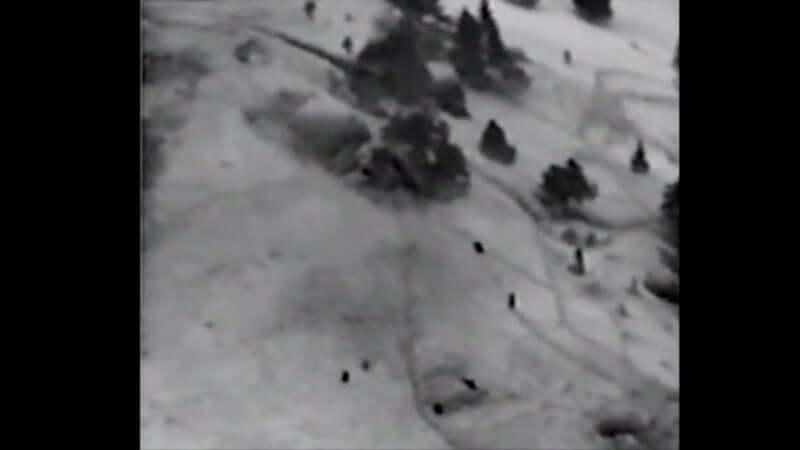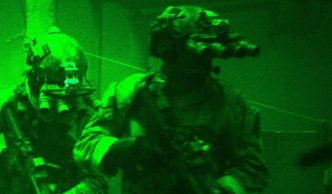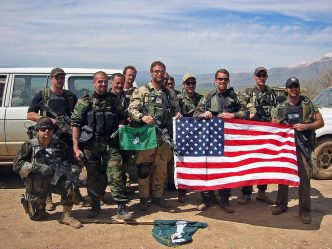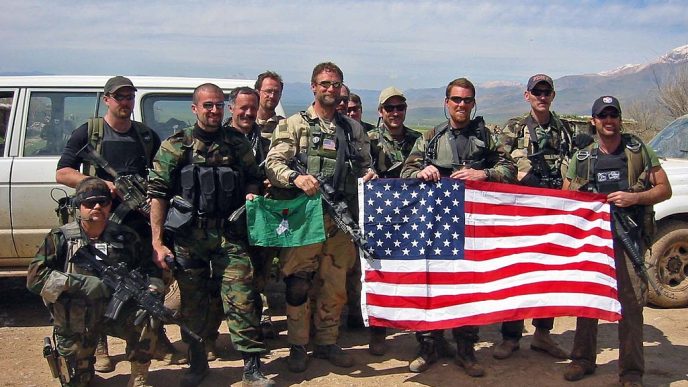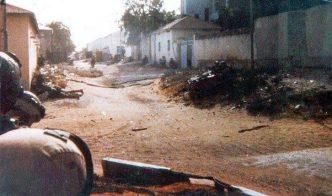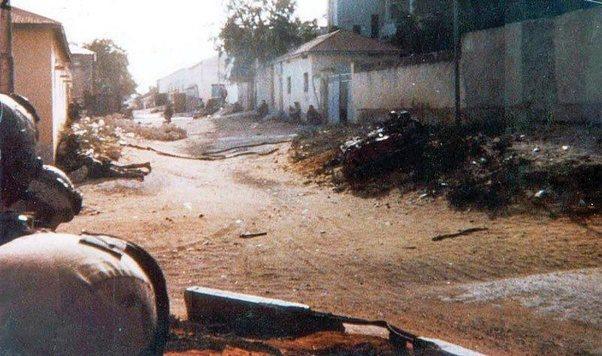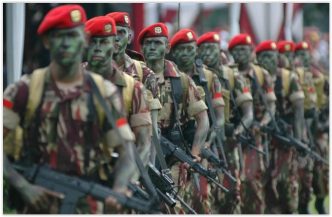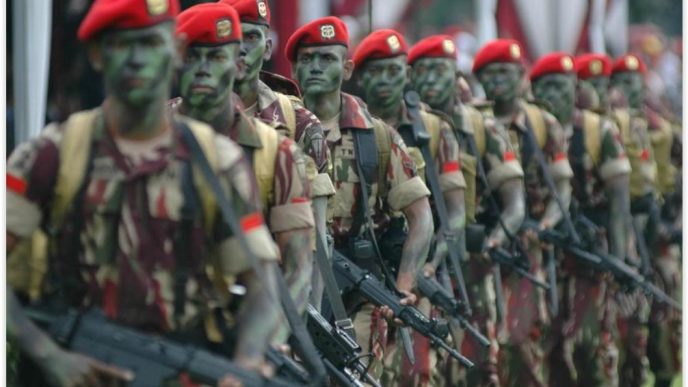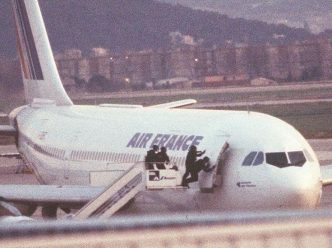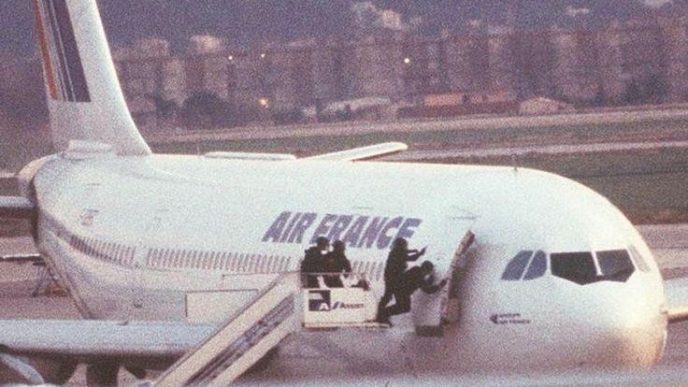The United States had a lot of heroes in its history, one of them is John Chapman. But this was the only time when the heroic action was caught on video. On March 4, 2002 as the sun shyly emerged at Takur Ghar mountains in Afghanistan, a group of Navy SEALs was about to enter into a direct firefight with al-Qaeda terrorists.
The group of warriors, originally from a SEAL Team 6 reconnaissance element, led by Senior Chief Petty Officer Britt Slabinski was there as part of Operation Anaconda. The group was codenamed as MAKO 30 and the recon team was part of a Joint Special Operations Command (JSOC) task force, according to the SOFREP.
Operation Anaconda
Operation Anaconda took place in early March 2002 and was planned and executed as an attempt to destroy a large combined Taliban and al-Qaeda force that was situated in and around the Shah- Khot Valley and Arma Mountains southeast of Zormat. Surrounded by steep mountains, the valley is located in Paktia province, in eastern Afghanistan. The peak of Takur Ghar itself commanded the southern approach to the Shahi-Kot valley.
This operation was the first large-scale battle in the post-2001 War in Afghanistan since the Battle of Tora Bora in December 2001. This was the first operation in the Afghanistan theater to involve a large number of U.S. forces participating in direct combat activities, according to the official records.
The mission for Britt Slabinski and his warriors was to infiltrate the peak of the mountain and to establish an OP (observation post) and to act as a fire team if needed. The plan was to insert two fire teams (MAKO 30 and MAKO 21) to the highest peaks on both sides of the valley. It would later facilitate the destruction of a large force of al-Qaeda fighters at the bottom of the valley.
The MAKO 30 would be just another JSOC recce element directing airstrikes against the enemy fighters below — there were numerous teams dispersed throughout the mountains surrounding the valley. Crucial in their mission was Technical Sergeant John Chapman, a Combat Controller (CCT) from the secretive 24th Special Tactics Squadron (24th STS). As a qualified Joint Terminal Attack Controller (JTAC), Tech. Sgt. Chapman’s role would be to direct the airstrikes.
Insertion
The MAKO 30 fire team was originally planned an insertion point 1,400 meters (1,500 yd) east of the peak, but due to uncontrollable time constraints, the SEALs were forced into an insertion to the peak itself. Even though all overhead imagery showed no signs of life on the peak of Takur Ghar, a superior officer gave the team final guidance per SOP that if any signs were seen, the mission would be aborted.
Despite the misgivings of the task force commander, MAKO 30 chose to infiltrate straight on top of Takur Ghar. Unbeknownst to them, a well-fortified enemy position occupied their intended landing spot on top of Takur Ghar. As the MH-47 Chinook, codenamed Razor 3, carrying the team approached the peak, it came under intense and effective enemy machine gun and rocket-propelled grenade fire. As a result, one of the team members, Chief Petty Officer Neil Roberts, fell from the ramp of the Chinook as the helicopter took evasive action.
Crash-landing and Chapman’s heroic actions
Heavily damaged, the helicopter (Razor 3) conducted a forced landing farther down the mountain’s slope approximately 4 miles from the MAKO 30 designated LZ. Eventually, it managed to return to base. The rest of MAKO 30 hopped on another helicopter and headed toward Takur Ghar to recover their teammate — by this point, Neil Roberts had been killed and maimed by the insurgents. Once again, the SEAL Team came under intense fire. Tech Sgt Chapman led the charge but was seriously wounded. Chief Slabinski made an attempt to recover Chapman — whom he thought to be dead — but was repelled by enemy fire. With two SEALs wounded, Chief Slabinski made the call to disengage and scale back down the mountain.
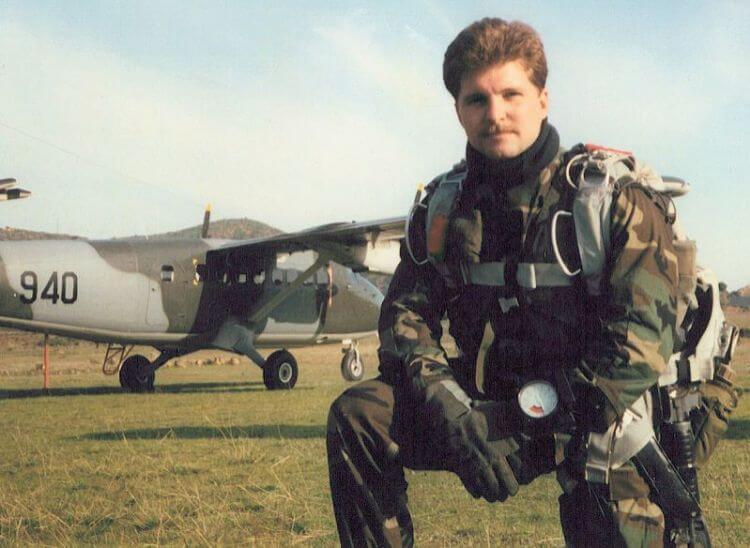
As the SEALs withdrew, Chapman regained consciousness and made a stand worth of the Medal of Honor.
Quick-reaction forces (QRF) and rescue attempt
At 03:45, the Ranger quick reaction force was alerted by the DCG to the area. Though they weren’t given a specific mission, they were to establish communication for further instructions upon reaching Gardez, 10 minutes from the mountain. The quick reaction force (QRF) consisted of 19 Rangers, a Tactical Air Control Party (TACP), and a three-man USAF special tactics team carried by two Chinooks, Razor 01 and Razor 02. Due to lack of communication with other units, the QRF flew into the same enemy trap as the MAKO 30 with no one able to communicate the reality of the situation.
With multiple teams and units involved in Operation Anaconda who were directed to provide support to the teams at Thakur Ghar beside the teams who were sent as part of QRF, the rescue mission and firefight lasted for hours. Finally, at around 20:00, the quick-reaction force and Mako 30/21 were exfiltrated from the Takur Ghar peak. As a result of this action, both Technical Sergeant Chapman and Senior Airman Cunningham were awarded the Air Force Cross, the second-highest award for bravery. US and Afghan sources believe at least 200 Taliban and Al Qaida fighters were killed during the initial assault and subsequent rescue mission.
The following footage depicts the fierce firefight between MAKO 30 and the al-Qaeda force and the final stand of Chapman.
